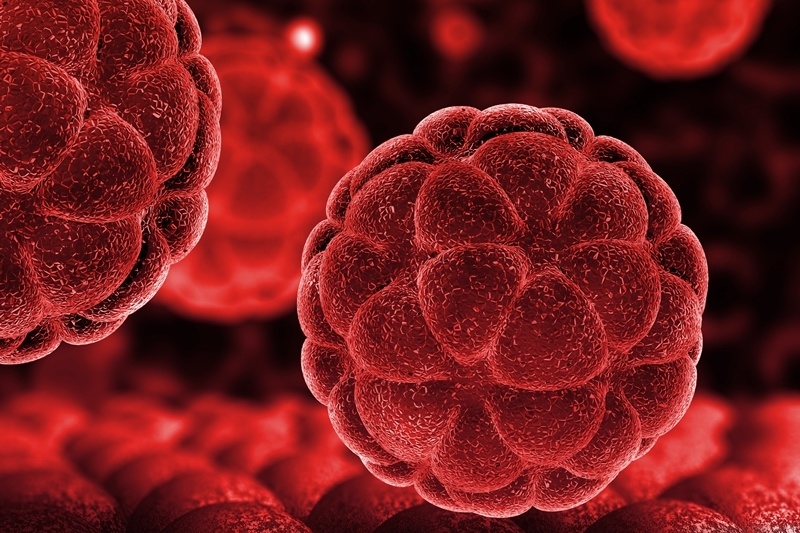
Researchers from the University of California San Diego School of Medicine have found that an infusion of hematopoietic stem and progenitor cells (HSPCs) may be able to treat a neuro-muscular disorder called Friedreich’s ataxia.
The researchers performed tests on mice and confirmed that stem cells and progenitor cells were capable of halting cellar damage caused by the condition. The findings of this research were published in the journal Science Translational Medicine.
Friedreich’s ataxia (FA) is an inherited condition that causes progressive damage to the nervous system. Symptoms include poor coordination, fatigue, vision impairment, hearing loss, and slurred speech. Sufferers often suffer from aggressive scoliosis (curvature of the spine), diabetes, and serious heart conditions. There is currently no cure for the condition.
FA is caused is caused by mutations or DNA changes in the FXN gene. It is an autosomal recessive condition, which means it is passed onto a child if both parents have the mutation. People with FA have two abnormal copies of the FXN gene, which limits the production of a protein called Frataxin. This protein is essential for energy production to help nerve cells function.
The researchers involved in this newly published study began by using a transgenic mouse model to express mutant FXN transgenes. This allowed them to give the mice Friedreich’s ataxia and its symptoms.
The scientists then derived human hematopoietic stem cells and progenitor cells (HSPCs) from bone marrow. These cells have been shown to regenerate certain types of cells that have been destroyed by a disease.
They infused the mice with HSPCs. The stem cells and progenitor cells quickly engrafted and differentiated into macrophages throughout the nervous system of the mice. Fraxtin expression was restored, which halted the progression of the disease.
The scientists admitted that the mouse model is not identical to Friedreich’s ataxia, so the results may not be the same in human tests. They expect to undertake human testing in the next few years.
Source: Transplanted hematopoietic stem cells reverse damage caused by neuro-muscular disorder
{{cta(‘d59882b5-74e2-4033-be94-d4c340e1978c’)}}


